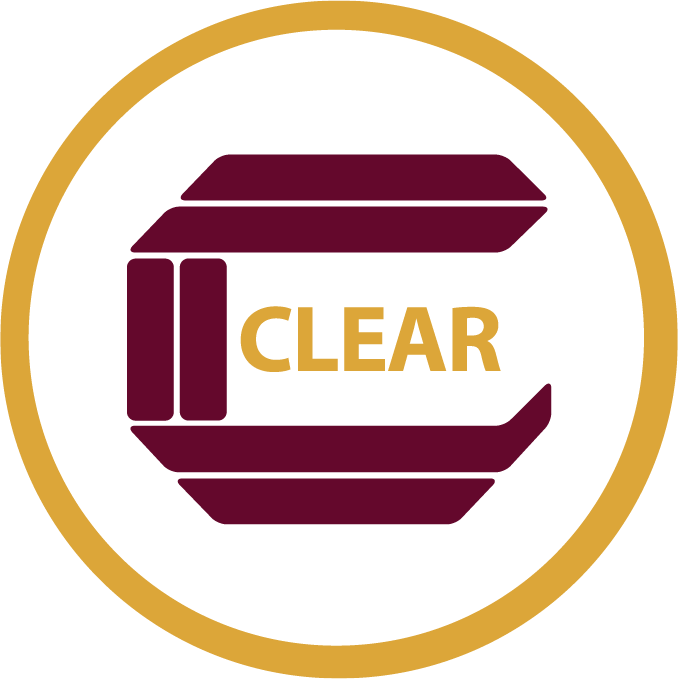"Tell me about yourself" - Using AI to generate an article about using AI
Editor's Note: CLEAR's Technology & Innovation task force used ChatGPT to generate an article introducing regulators to ways that AI can be used to help regulators in their work. The below blog article was written by ChatGPT to show regulators an example of how they can use this technology. For full details of the process of prompts and article versions, click the link at the end of this post.
Advancing Regulatory Practices with Artificial Intelligence: A CLEAR Perspective
As the Council on Licensure, Enforcement and Regulation (CLEAR), we are dedicated to enhancing the effectiveness and efficiency of professional regulation. Our commitment to advancing standards in public protection guides our exploration of emerging technologies that can transform occupational regulatory processes. One such technology is Artificial Intelligence (AI). This blog post introduces AI's potential role in our regulatory landscape, while also emphasizing its limitations and ethical implications.
Leveraging Data Analytics: Insights and Ethical Implications
Our regulatory activities generate substantial data. When harnessed with AI's machine learning capabilities, this data can offer actionable insights. Predictive analytics can identify higher-risk cases of non-compliance, facilitating better resource allocation. However, as we utilize these advanced tools, we must ensure strict adherence to data privacy standards, maintaining the delicate balance between technology and ethics.
Streamlining Regulatory Processes: Efficiency and Prudence
AI can automate routine tasks, fostering greater efficiency and allowing staff to focus on complex, value-centric tasks. One example is speeding up the verification process in licensing applications. However, the financial implications of AI integration, including initial implementation and ongoing maintenance, require careful evaluation.
Customer service can also be transformed through AI, with chatbots providing constant support. Despite this, chatbots necessitate continuous updates to ensure they deliver accurate, relevant information.
AI-Aided Decision Making: Collaborative Intelligence
AI can bolster decision-making capabilities by analyzing and forecasting industry trends, enabling proactive regulation adjustments. However, these AI-generated forecasts are meant to complement, not replace, human judgement. A collaborative approach between AI and human expertise ensures accurate trend interpretation and application.
AI in Professional Regulation: A Balanced Approach
The goal of integrating AI into professional regulation is to augment human expertise, not replace it. The adoption of AI is accompanied by several challenges including ethical considerations, cost implications, and the need for human oversight.
Despite these challenges, the potential benefits of AI are substantial. As we venture into this digital revolution, a balanced perspective is critical, leveraging the advantages while thoughtfully addressing potential drawbacks.
Embracing the journey towards AI integration involves exploring its applications, assessing its feasibility, and navigating potential obstacles. With careful planning and a clear vision, we can pave the way to an efficient, technologically advanced regulatory environment. At CLEAR, we are committed to assisting you in understanding and implementing these advancements responsibly.
In integrating AI thoughtfully, we can enhance our regulatory processes, ensuring they remain robust, efficient, and adaptable to the changing professional landscape.
Click to see details of the process, from the initial prompt through feedback and the final version of the article.
More details
